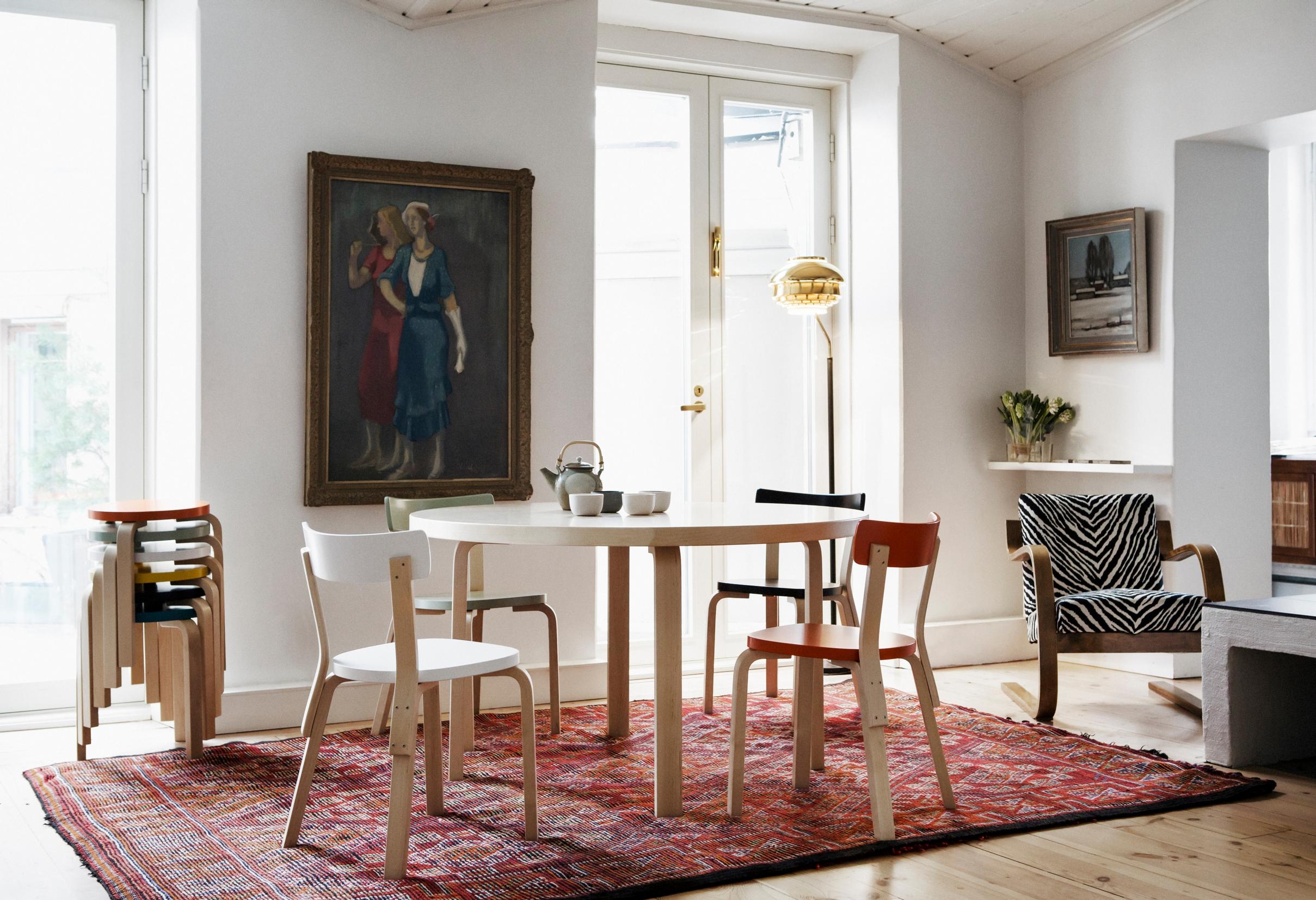
Oriental rugs: a timeless focal point that last for decades—Here’s how to identify a genuine piece and the most common types
The world of genuine oriental rugs is a true cornucopia. Moreover, the wide array of different rug types brings a celebration of colors, patterns, and craftsmanship to your home decor.
The history of oriental rugs goes back thousands of years. The oldest known rug is the Pazyryk rug, which was discovered in a burial site in 1949 and is 2,500 years old.
The term “oriental rug” typically refers to hand-knotted and woven rugs made in the region extending east from Turkey to North Africa. Each area’s rugs have their own distinctive stylistic features. Based on where they were made, oriental rugs are categorized into nomad and city rugs.
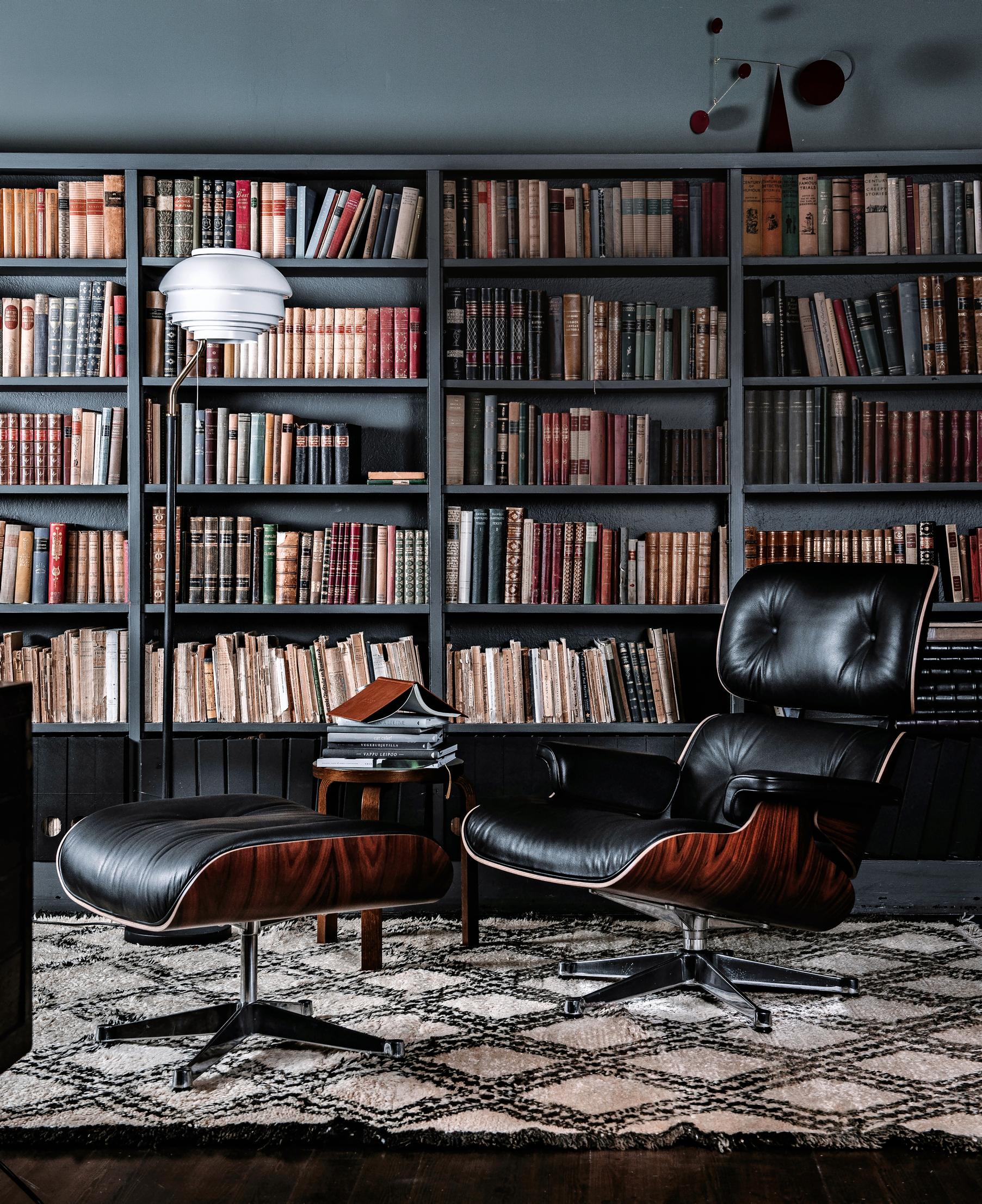
“City rugs, which are made in rug weaving workshops, are knotted according to patterns drawn on graph paper by artists. In the nomad rugs that are knotted in homes and tents, the handcraft stands out more clearly. Their patterns reflect the weaver’s beliefs and wishes, which she conveys through symbols,” says Seija Charmi from Mattogalleria Pazyryk rug shop.
Authenticity is an important part of the concept of oriental rugs. A genuine rug is hand-knotted from natural materials such as wool, silk, and cotton. It is not merely a practical object but also has artistic value. The rug’s design reflects local style features, although traditional techniques are used to craft modern rugs as well.
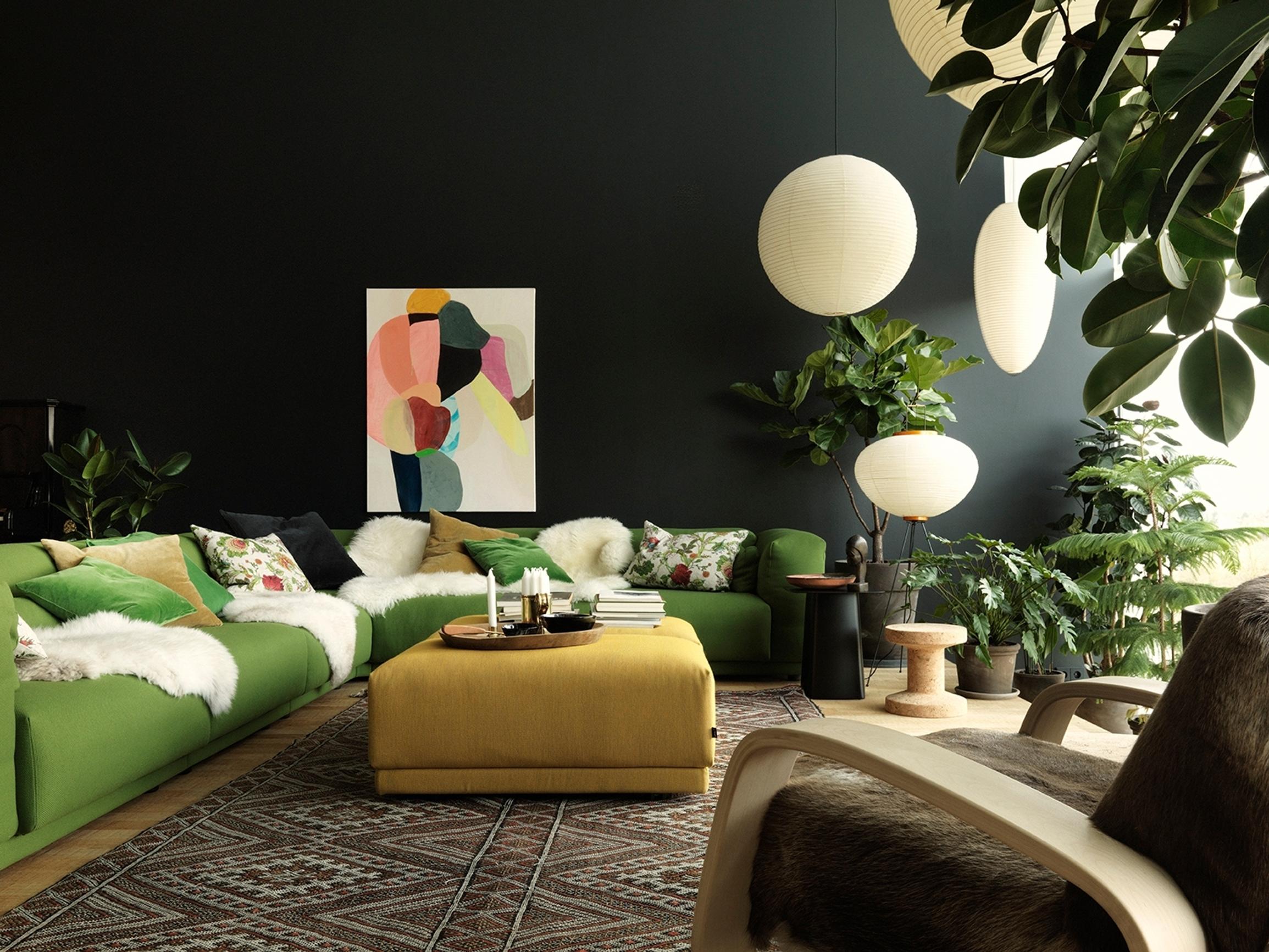

How to identify different types of rugs
The range and variety of oriental rugs is enormous. Patterns, materials, and knotting methods are distinguishing features that help differentiate various types of rugs.
Beni Ouarain

- Moroccan nomad rug.
- Hand-knotted by the Beni Ouarain Berber tribe in the Atlas Mountains.
- Typically large in size.
- The color palette is black and white, sometimes also shades of brown.
- Simple patterns, often diamond-shaped.
- Knotted from thick, high-quality wool onto a wool warp.
- Berber knots are characterized by the pile yarn wrapping around the warp threads twice. The pile is left long.
Isfahan
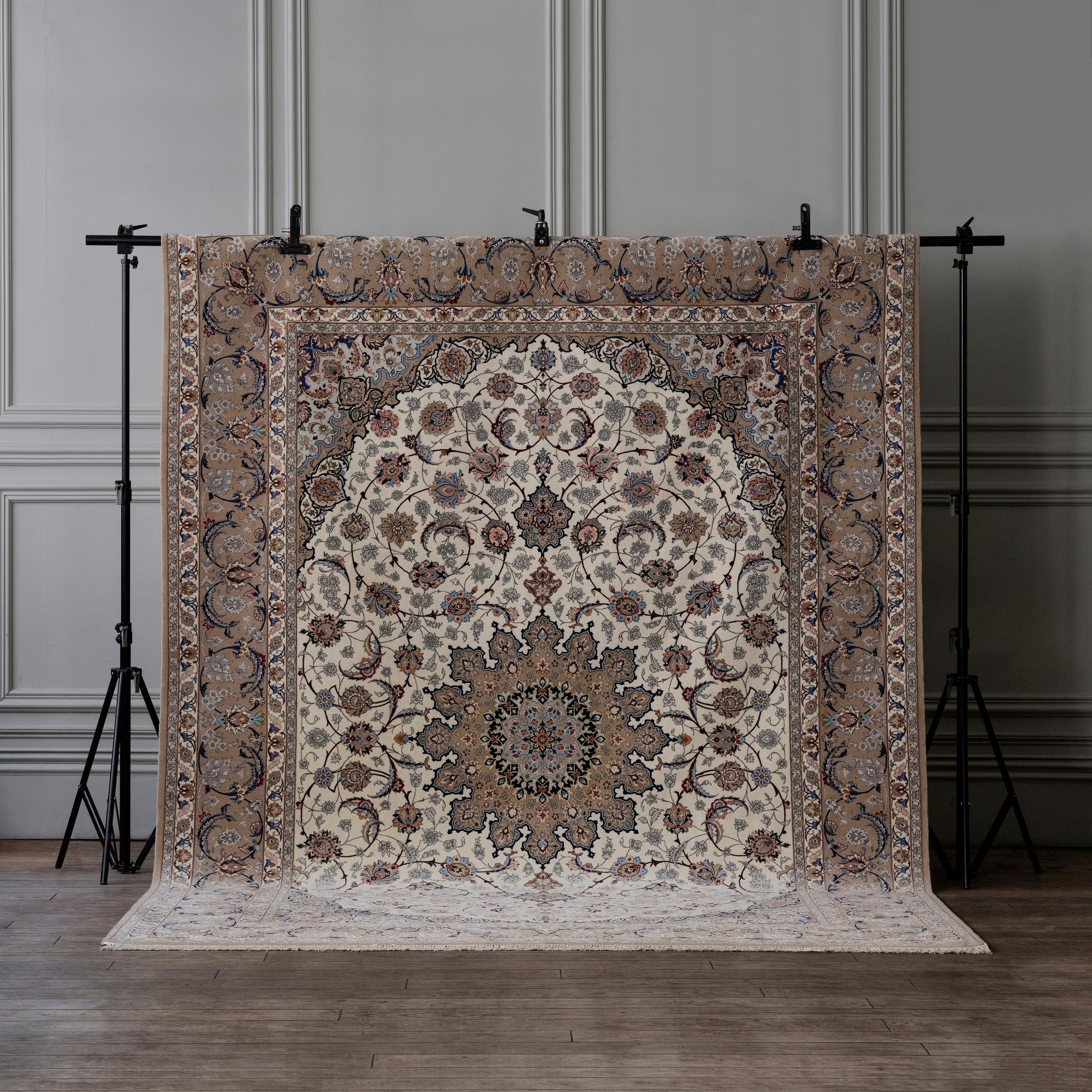
- The elite of Persian rugs.
- A type of city rug knotted in Iran.
- Its patterns typically feature a central medallion surrounded by swirling floral and rosette motifs.
- The base color is often light.
- Hand-knotted from soft lamb’s wool onto a silk warp, sometimes a cotton warp.
- In a densely knotted rug, there can be over a million knots per square meter.
- Thanks to the tight knotting, the patterns stand out clearly.
Kelim
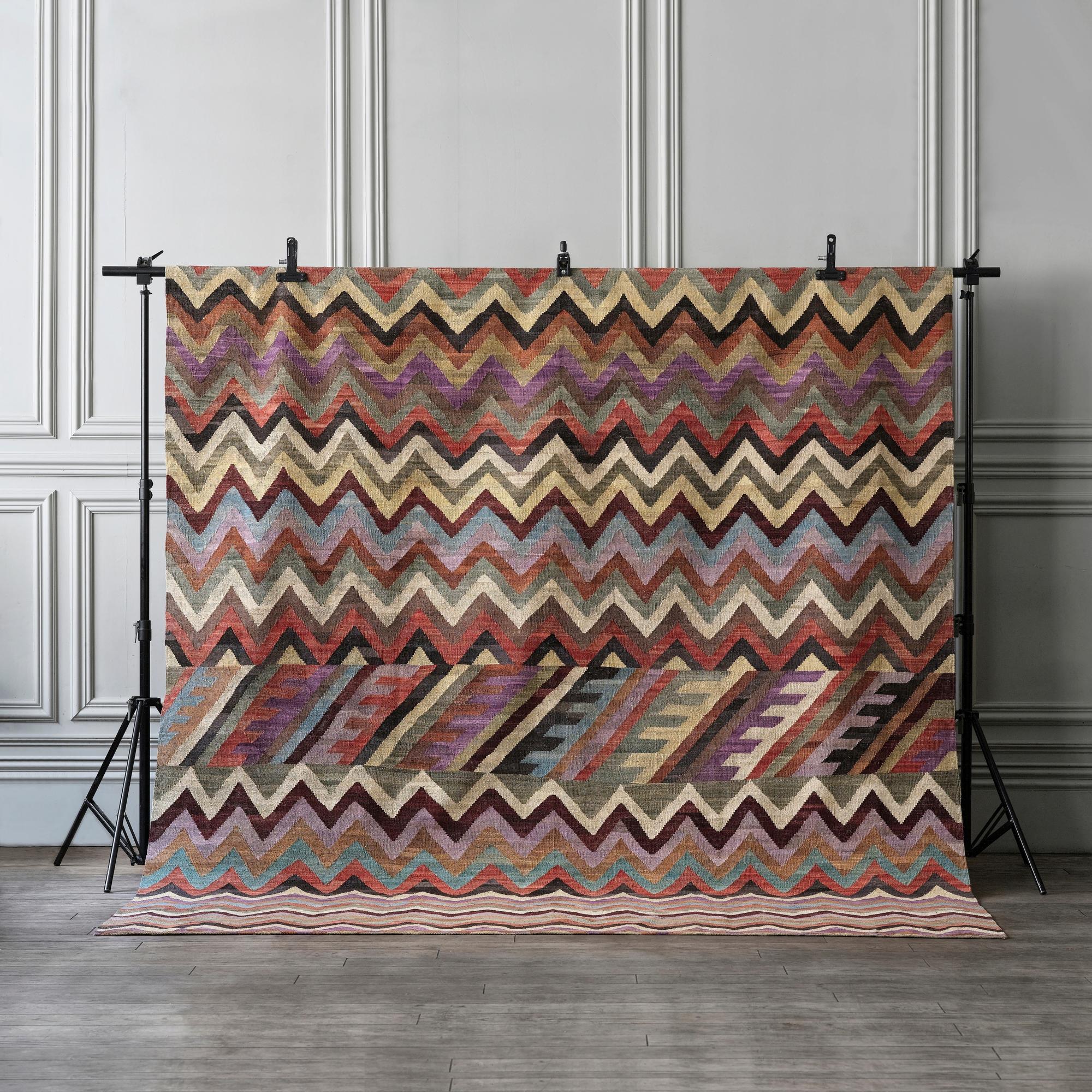
- Woven nomad rug.
- Flat weave.
- Geometric pattern.
- Lightweight rug.
- Looks the same on both sides.
- In its “sister” rug, known as sumak, the yarn ends are left visible on the reverse side.
Shiraz
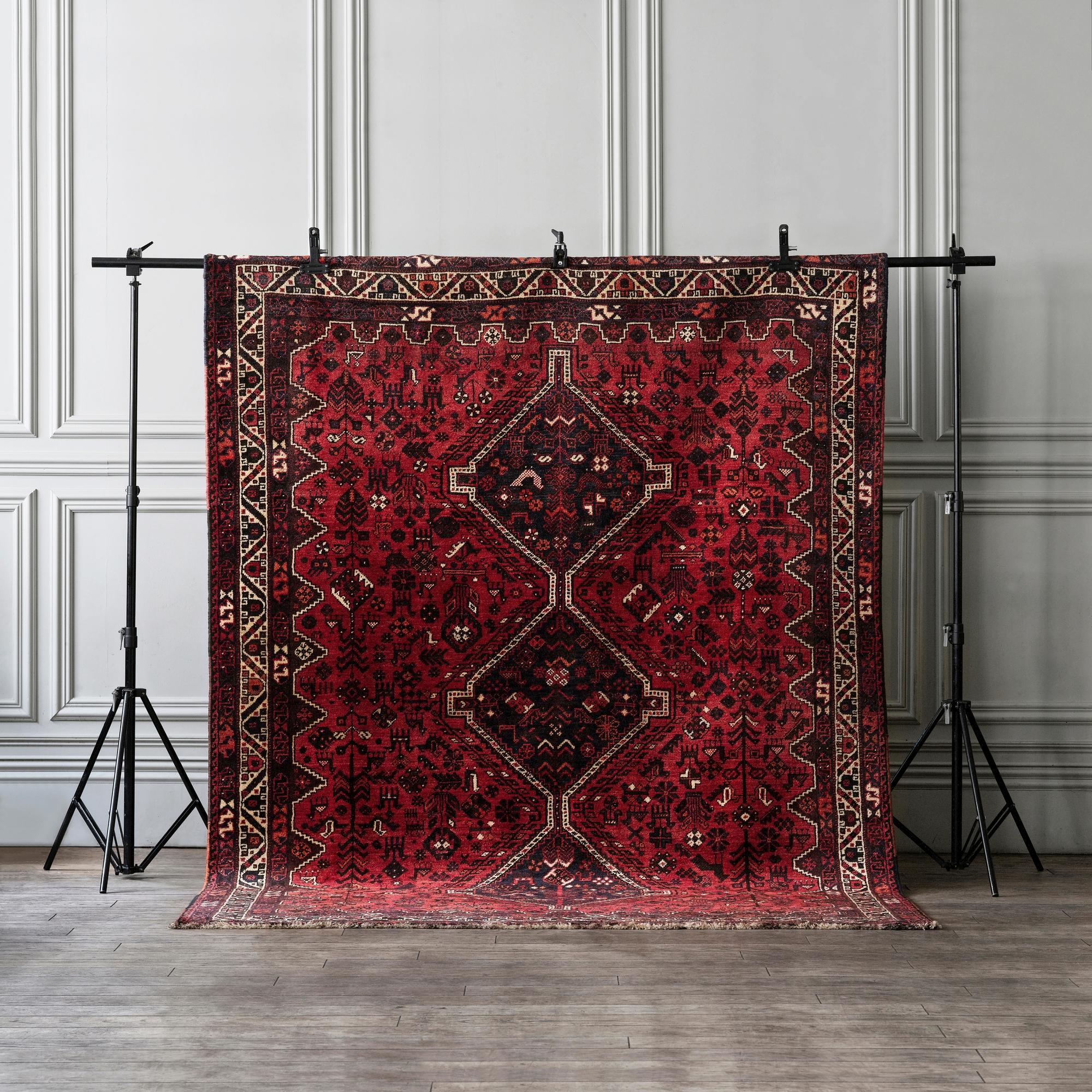
- Iranian nomad rug.
- Hand-knotted from mountain sheep’s wool onto a wool warp.
- The base color is dark red or dark blue.
- Traditionally made from plant-dyed wool.
- The patterns often highlight plant and animal motifs.
- The maker’s personal touch and individual preferences are evident in the shades and patterns.
Persian rugs, made in what is now Iran, are considered the highest quality in the world.
How to tell a hand-knotted rug from a machine-made one
You can distinguish a hand-knotted rug from a machine-made one by looking closely at its fringe and checking underneath. The underside of a machine rug is stiff and glue-like, in a way that looks “too smooth.” Additionally, its fringe is sewn on afterward.
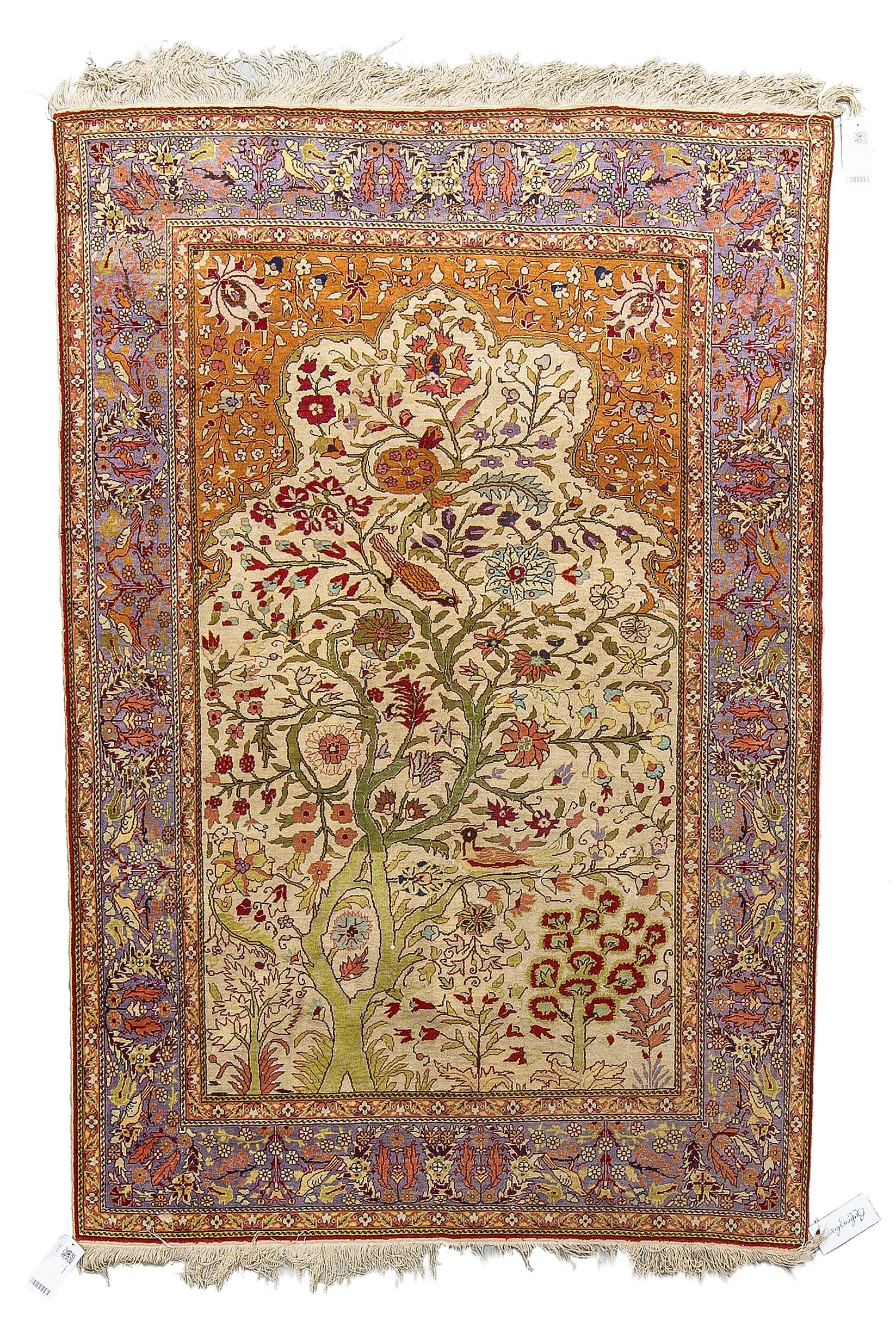
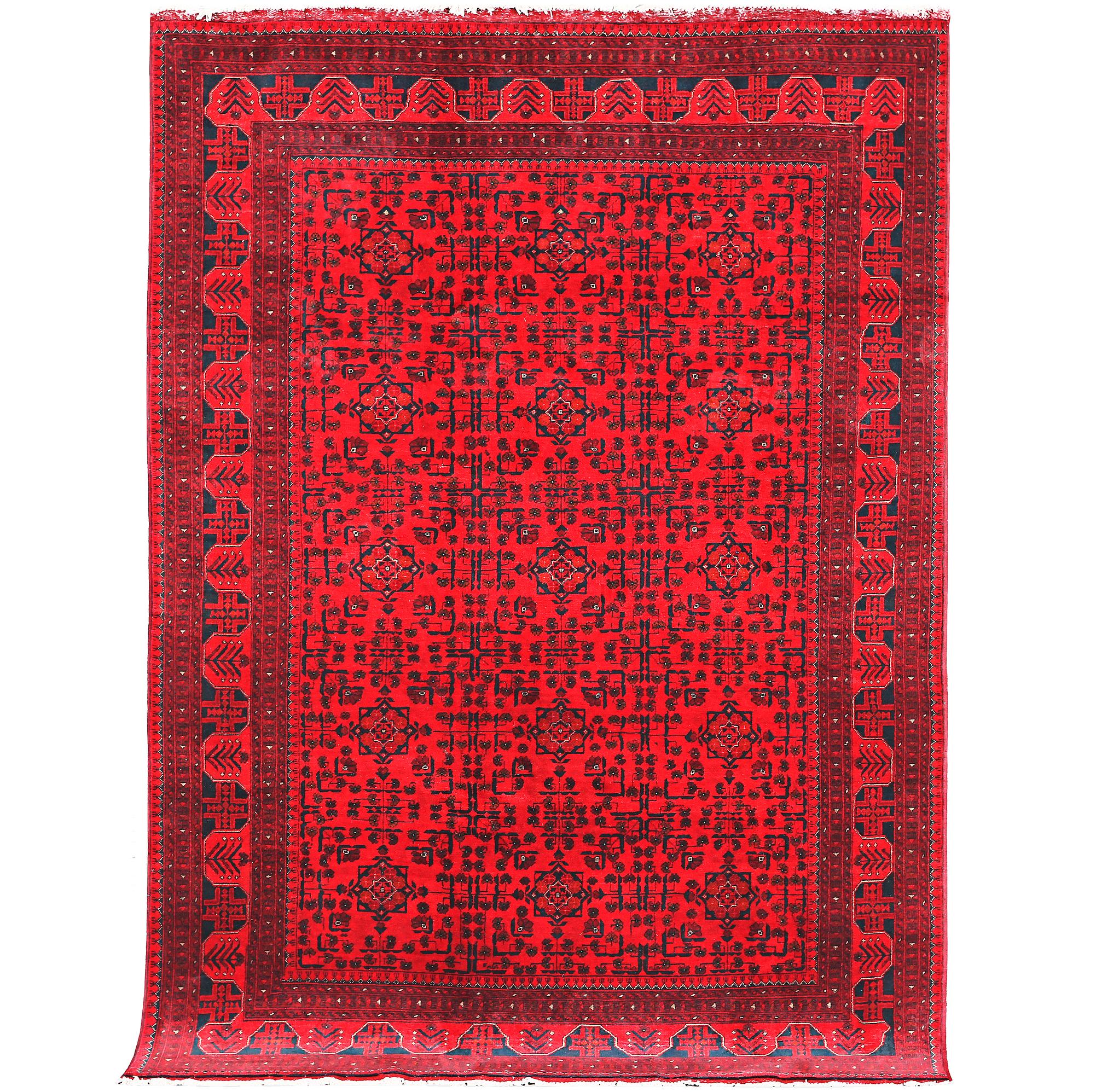
7 reasons to choose an oriental rug for your interior decor
1. A timeless favorite
Persian rugs became an interior design trend among the European middle class in the mid-19th century, and genuine rugs have never truly gone out of style since then. An oriental rug, painstakingly crafted by hand, is a timeless addition to your decor.
2. Suits many styles
The world of genuine rugs is a true treasure trove, offering countless types of rugs from which you can find a suitable option for both a classically subtle, minimally modern, and a lavishly bohemian style.
3. An individual choice
Every hand-made rug is one-of-a-kind, which can introduce a delightful element of unpredictability to your decor.
4. A striking focal point
A decorative rug is the eye-catcher of a room, working equally well as a stylistic counterpoint or as the starting point for the entire decor, with the tones of the walls and furniture drawn from the rug’s color palette.

5. Conveniently multicolored
When deciding where to place an oriental rug, it is helpful to think about its intended use. For instance, you might choose a multi-colored, patterned rug to put under the dining table, as small stains are not as visible on it as they are on single-colored or light-toned ones. Meanwhile, sand can damage the pile and warp of a rug, so a more casual rug is best for the entryway. Dust and sand do not penetrate as easily into a woven and tightly knotted pile rug.
6. Reflects light
Because the pile of a knotted rug reflects light differently depending on the angle, the rug appears lighter from one direction than from another. It is therefore important to consider the room’s lighting when deciding where to place the rug.
7. Versatile
An oriental rug helps with acoustics, but its place is not necessarily always on the floor. Take inspiration from Sigmund Freud and casually drape a rug over your sofa or hang it on the wall. A woven kelim rug also makes a practical tablecloth.
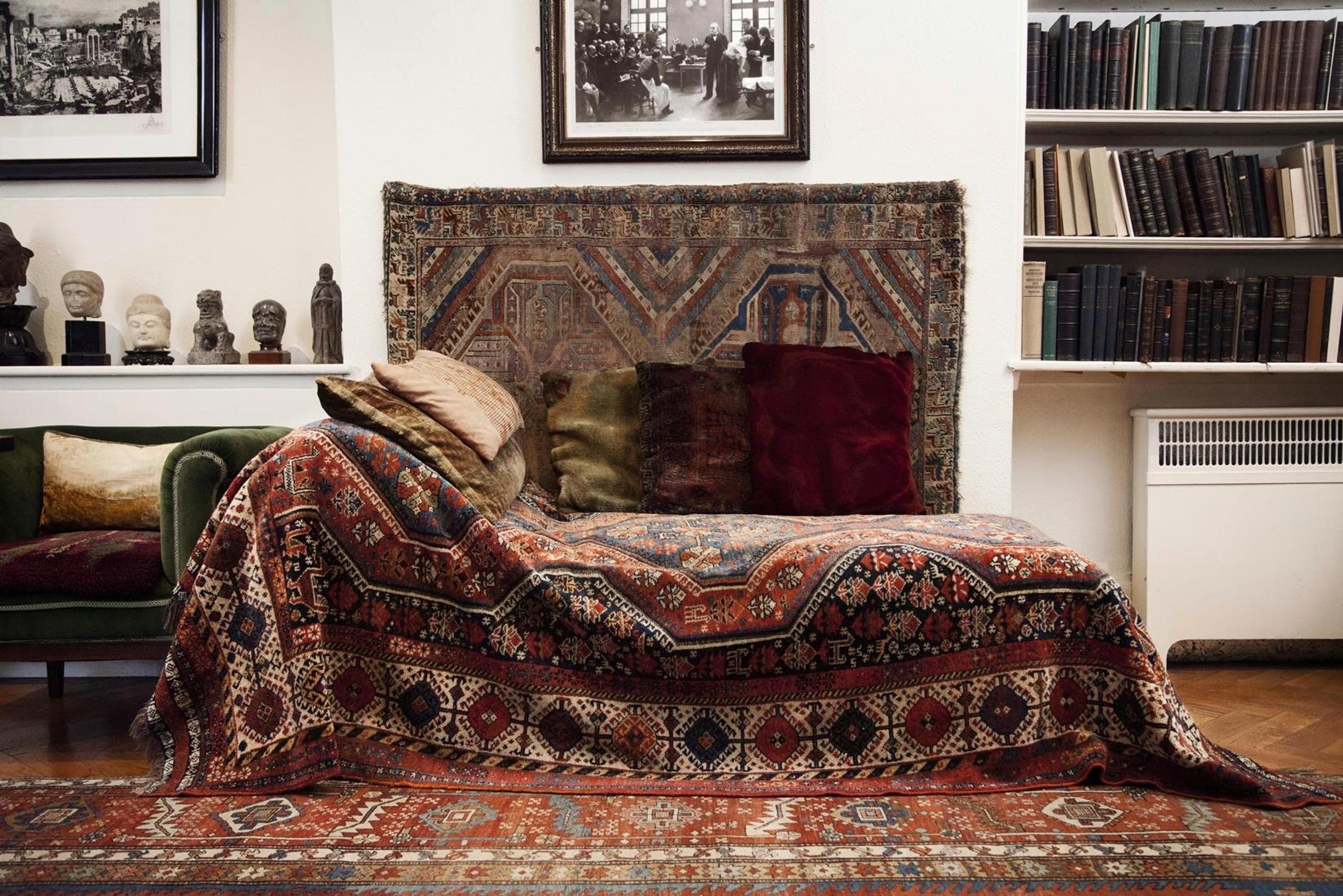
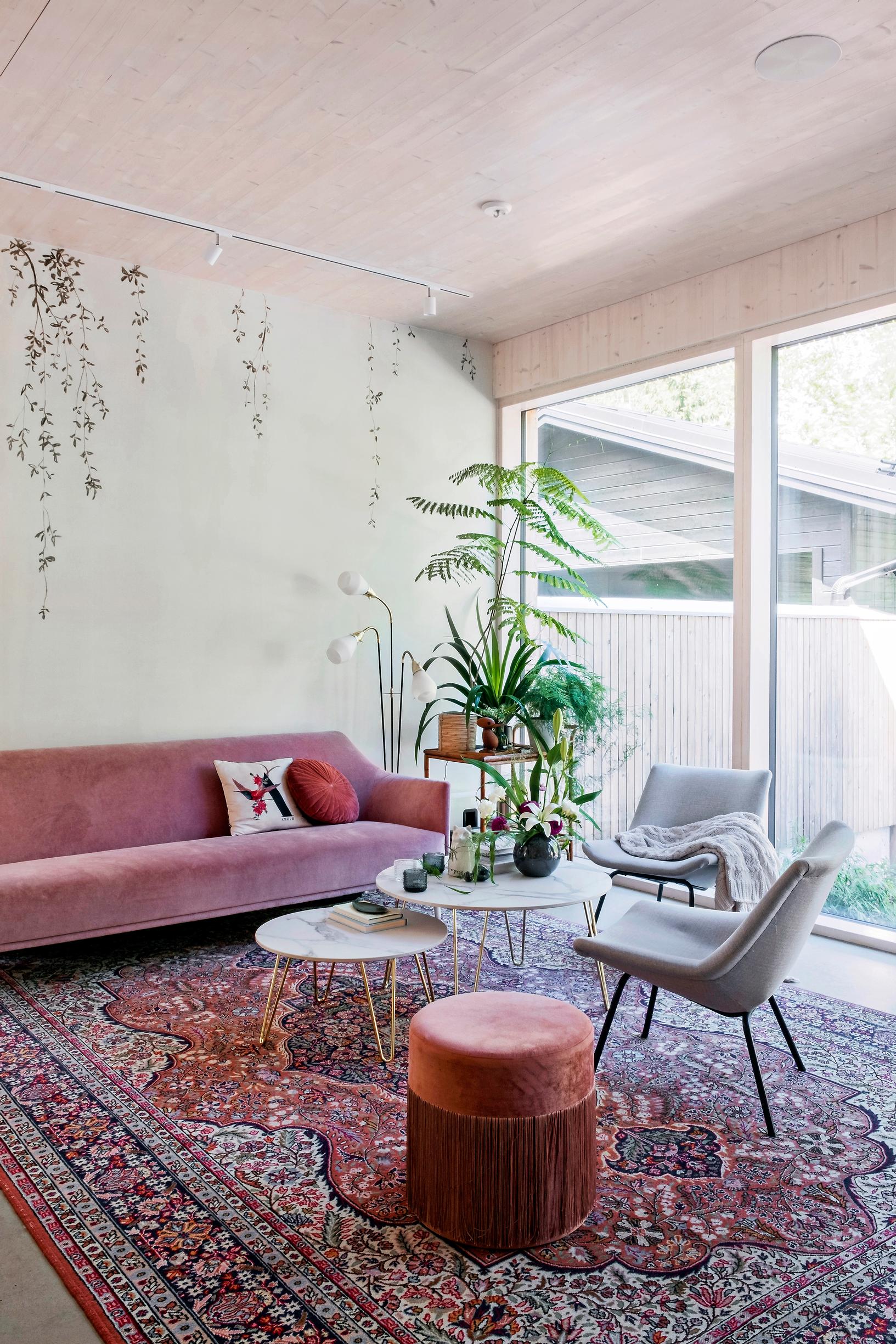
A rug hand-knotted or woven from genuine materials will last for decades.
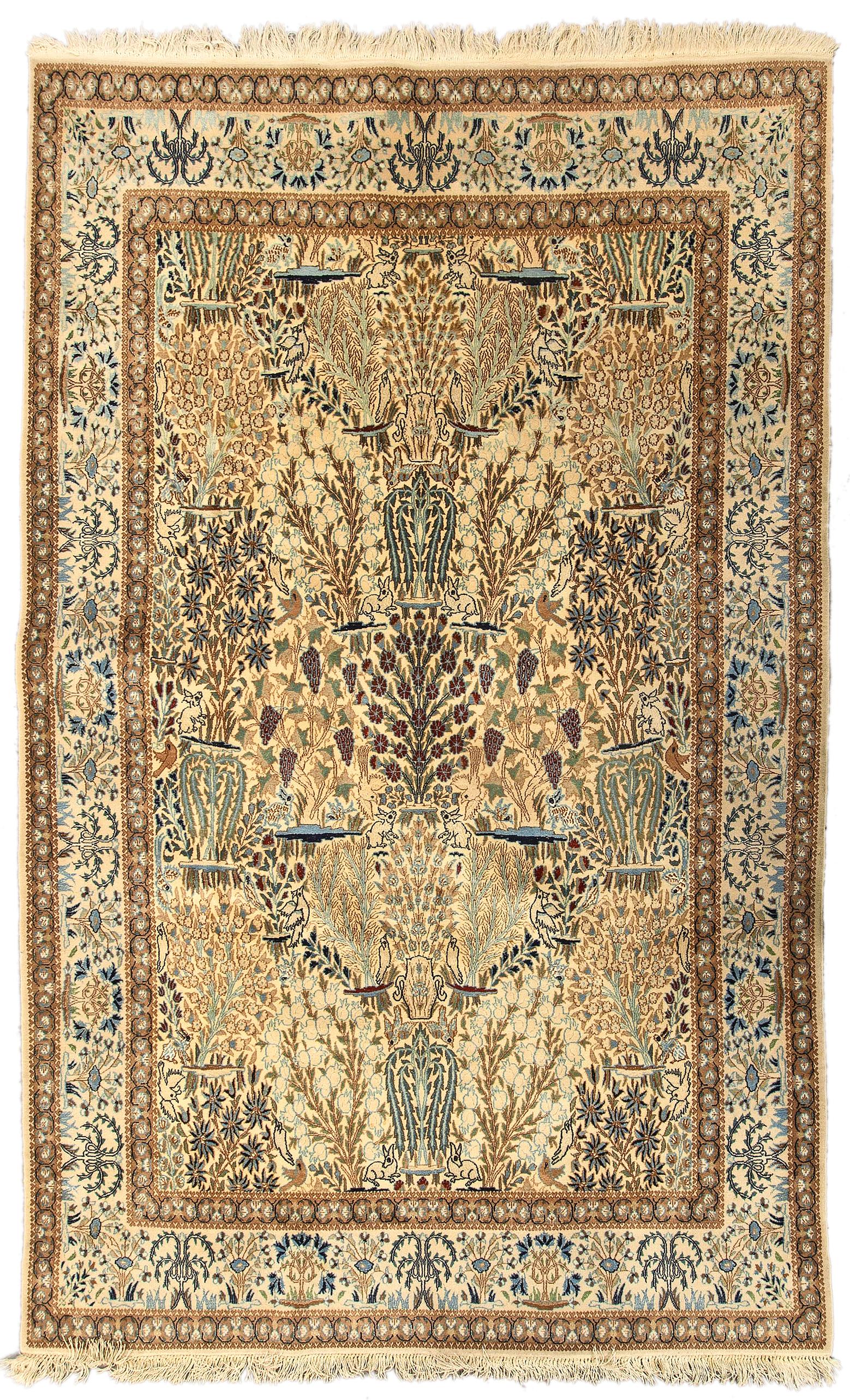

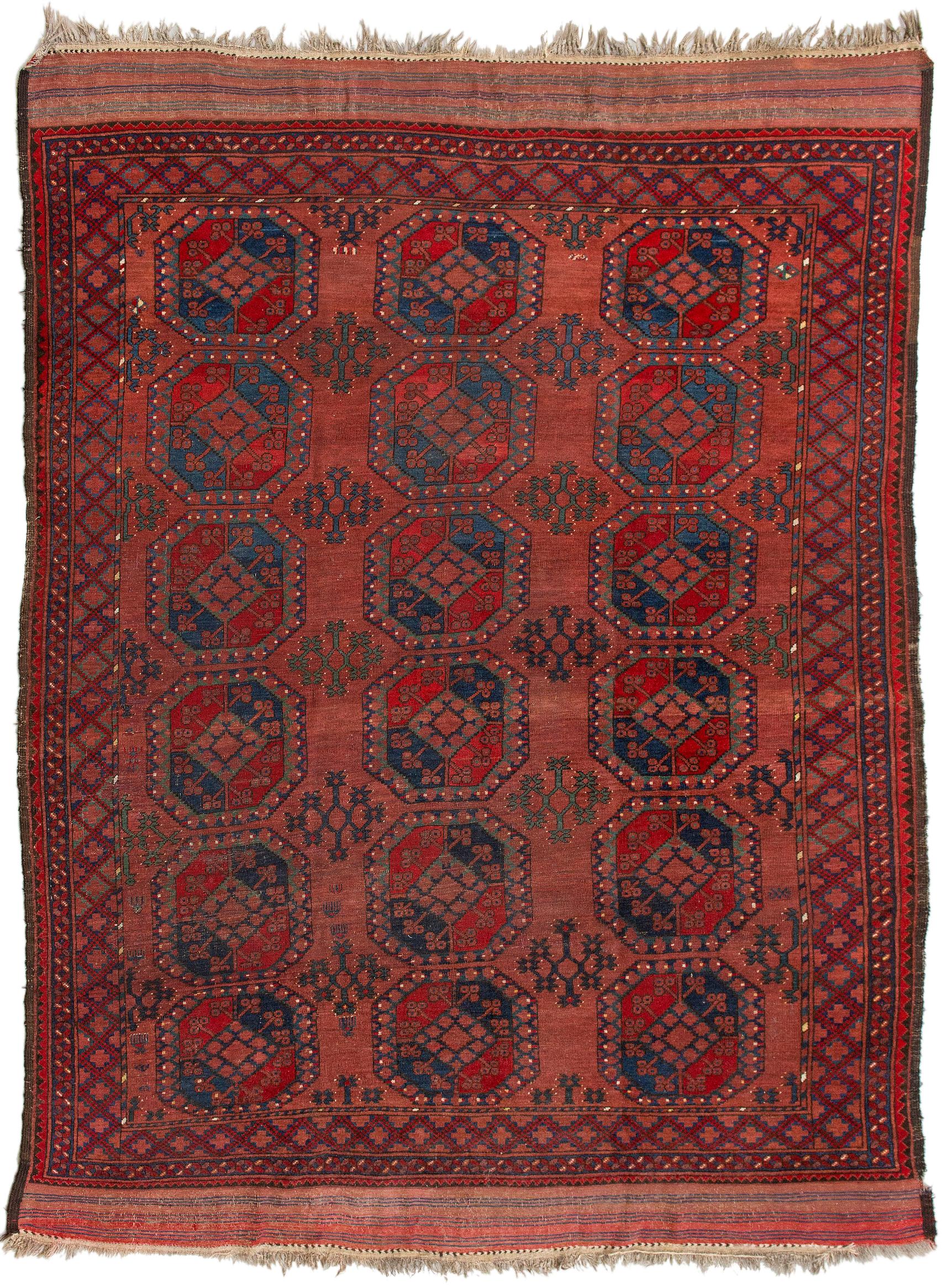
How to clean oriental rugs
“A light vacuuming is sufficient for basic maintenance. Wool naturally repels dirt, so you’ll need to wash your rug only rarely. Oriental rugs should always be cleaned at a professional laundry. It is best to avoid soaking the entire rug, because genuine nomadic rugs in particular may bleed dye when they get wet. In an emergency, you can remove individual stains at home with Marseille soap foam before taking the rug to a laundry. You should never use salt or baking soda on stains.” - Tinet Wafin from Mattocenter
How to brighten your rug’s colors
If the winter is properly snowy, take your oriental rugs out to a snowbank for cleaning. The colors become brighter when you lay the rug on the snow with the pile side facing down and brush it lightly on the wrong side. Then brush away the snow with a soft natural-fiber brush. Before the snow treatment, let the rug cool in sub-zero temperatures for several hours.
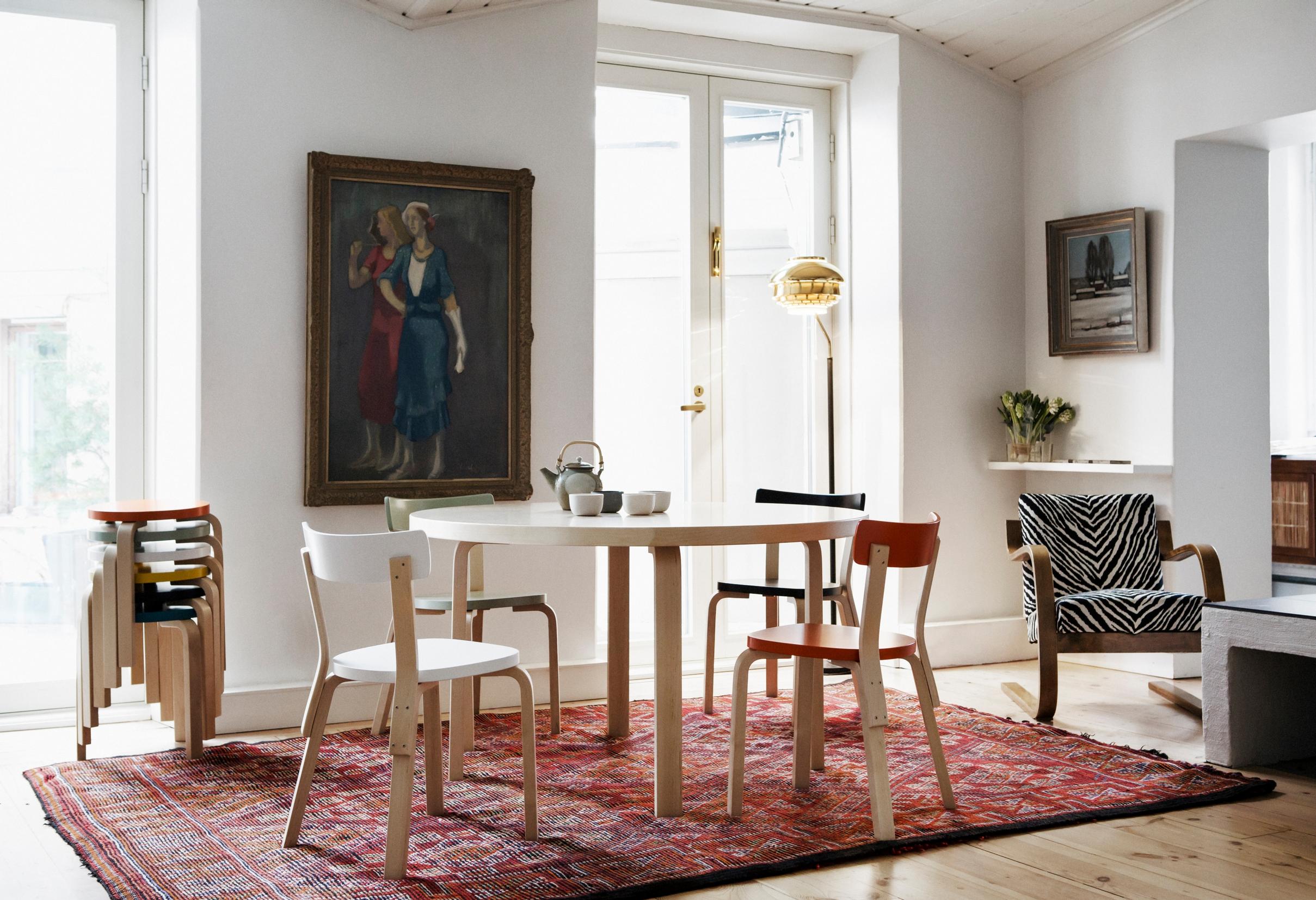
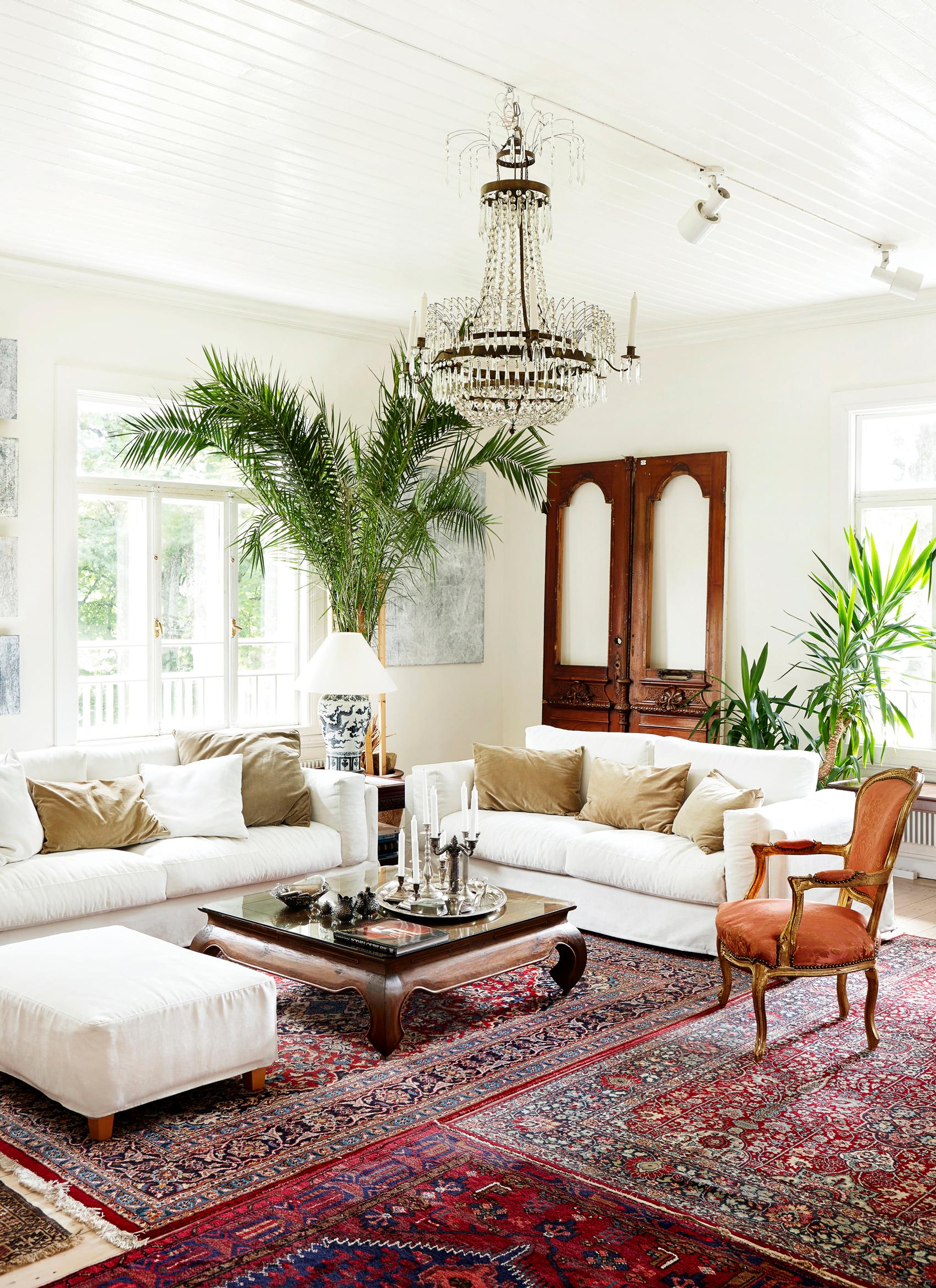
A Persian rug the size of a typical living room rug costs roughly 700–7000 euros.
What should you pay attention to when buying an old rug?
“A well-made older rug can last for decades. When you are looking for a used rug, first check that it is visibly intact. You can also gently squeeze a few spots, because an older rug may have become brittle. The colors of plant-dyed rugs fade over time, which only makes them even more refined in my eyes. Fading does not directly affect the rug’s durability, but a more than hundred-year-old antique rug no longer belongs on a home’s floor.” - Seija Charmi from Mattogalleria Pazyryk
Is an oriental rug suitable for someone with allergies?
“According to the Finnish Allergy Association, a tightly knotted, high-quality wool rug is also suitable for people with allergies. However, I always ask my customers which room the rug is going in. I wouldn’t recommend a wool rug for a bedroom. It’s worth noting that tightly knotted wool rugs release less dust than, for instance, Beni Ouarain rugs or shiraz nomad rugs. A silk rug is the best choice for someone who is allergic to wool.” - Tinet Wafin from Mattocenter
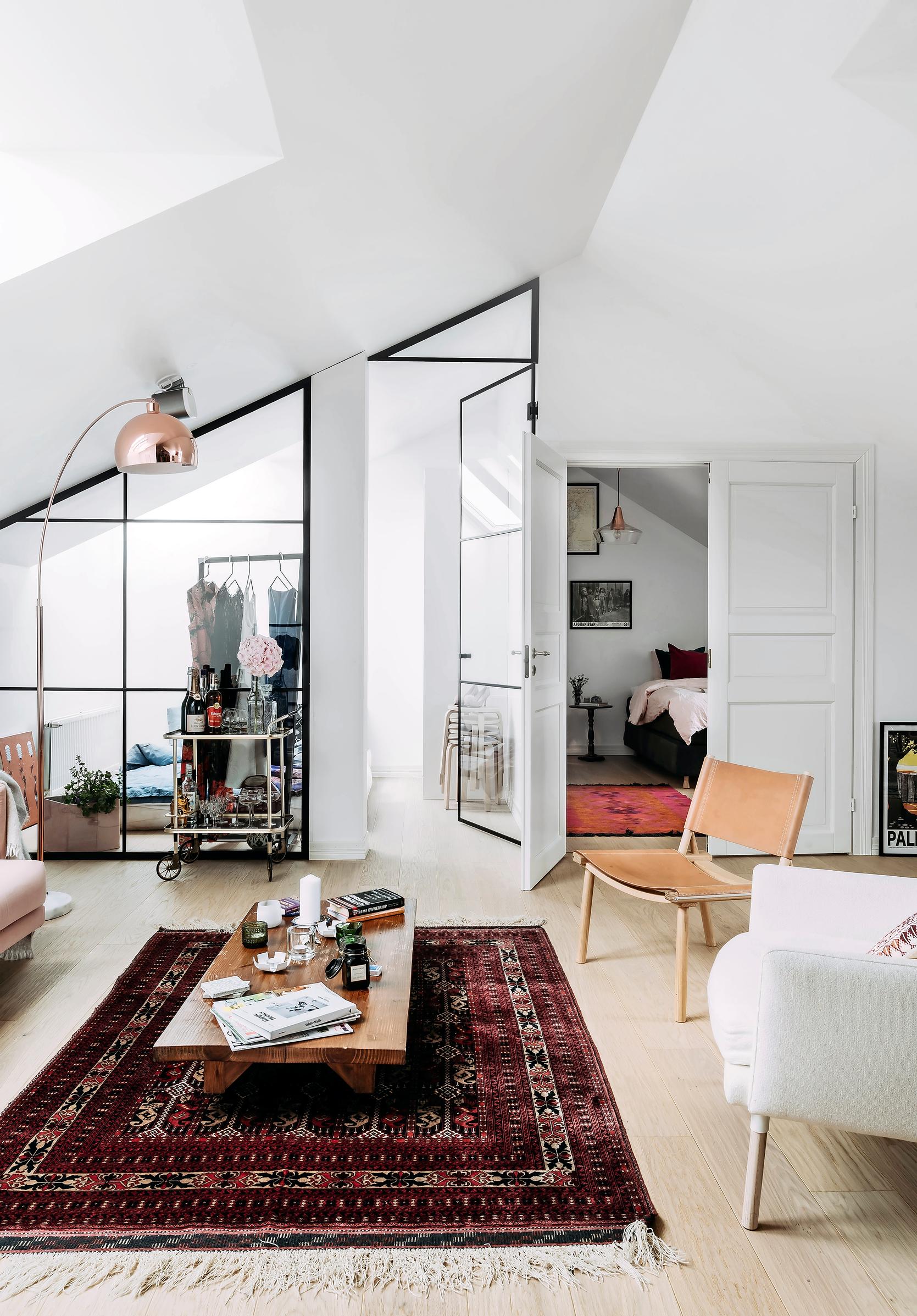
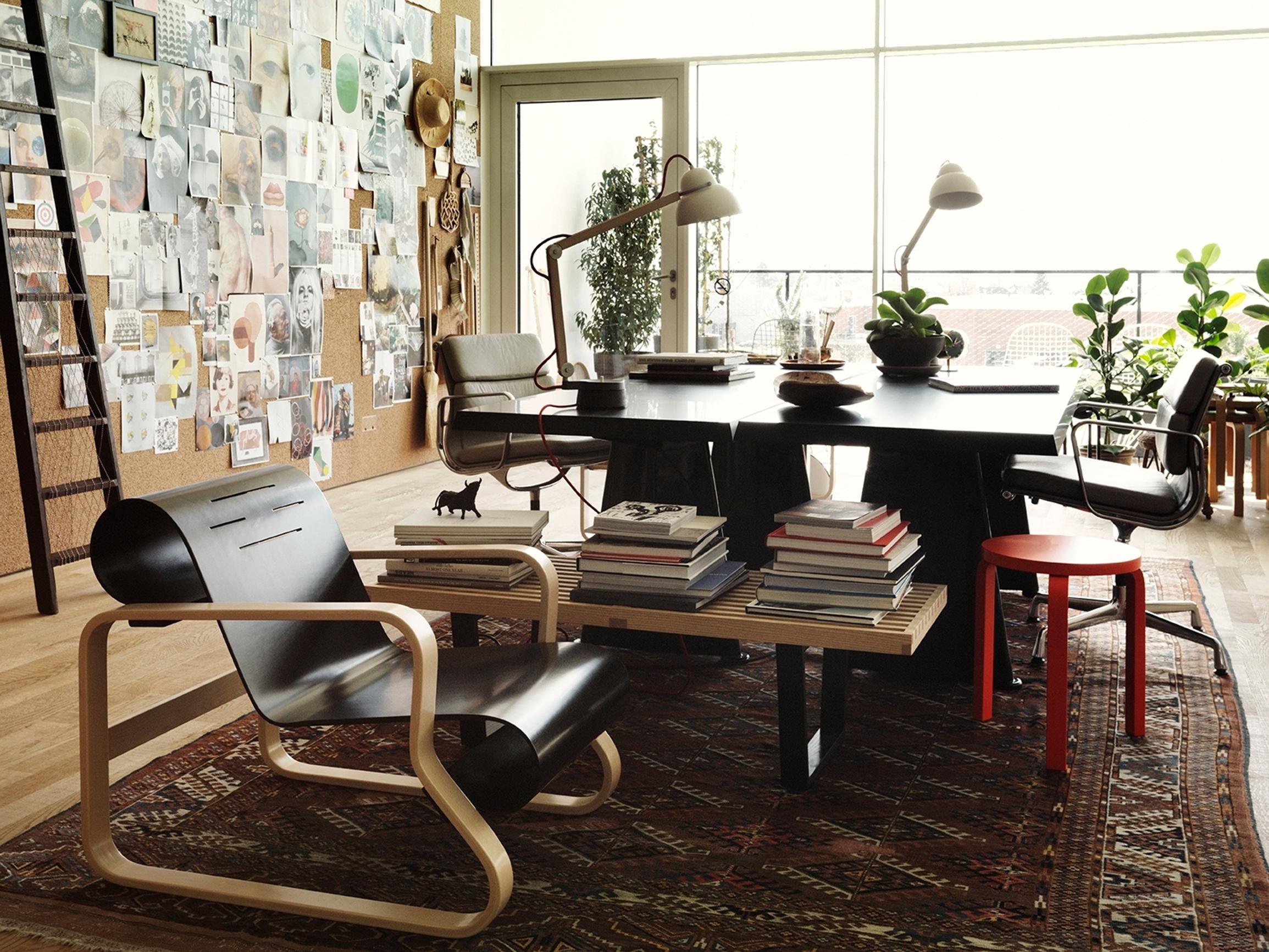
Experts: Tinet Wafin from Mattocenter and Seija Charmi from Mattogalleria Pazyryk


